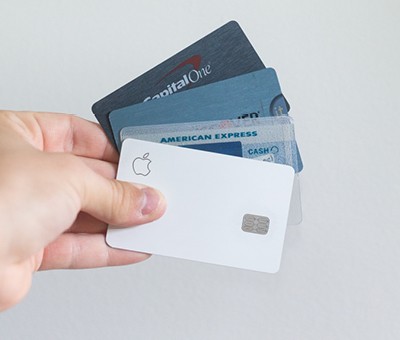Businesses have been hit hard by the financial fallout of Covid-19 this year, unfortunately leading some to go into liquidation. If you’ve had a client in this situation, you may have been lucky enough to get paid before this happened, but under NZ law, payments prior to liquidation could be requested back by the liquidator as insolvent transactions.
In cases like these, how can you mitigate against this happening? Many creditors are now including personal guarantees in their credit applications and their value comes to the fore in situations of insolvency.
What is a personal guarantee?
In essence, an individual associated with your client guarantees the payment of the debt of a company (i.e. your business). That individual is usually a shareholder, director or someone with a financial interest. Personal guarantees can be also provided by multiple guarantors, companies or trustees.
When should I request a personal guarantee?
A common situation is where you’re providing products or services to a client and you require additional security. This can arise in cases where the debtor has limited resources or experience.
A company’s liability is limited to its assets, so if the company can’t pay their invoice and goes into liquidation, you’ll be standing in the same queue as the other unsecured creditors and you may not get paid.
In these cases, if you had requested a personal guarantee from directors and shareholders, you could make a claim personally for payment, giving you more chance of getting your debt paid. And inherently, the threat to an individual guarantor of bankruptcy often sees the money being found to pay a debt.
How to enforce a personal guarantee
Hopefully you won’t need to enforce a guarantee, however, if you do there is a process to be followed:
· Before starting any formal demands, you need to request that the debtor pays the outstanding money owed. At this point it’s worth asking the debt why the debt hasn’t been paid and what their plans are for payment. This can be done by a phone call or email. Many debt collection arrangements are solved at this stage, and you won’t damage your relationship with your client by starting legal proceedings too early in the piece.
· If this doesn’t lead to payment, the first formal step is to take a letter of demand to the debtor and guarantor, communicating the sum of money owed and the payment deadline. This deadline should be a reasonable amount of time. The letter must also clearly state that if the debt hasn’t been paid in this time, legal proceedings will commence. This letter should include a copy of the personal guarantee. If you don’t feel comfortable doing this yourself, seek legal advice.
· Enforcement through the Courts is a final step that needs to be considered carefully. In most cases, it doesn’t come to this, especially as in this country, all parties prefer to work together to resolve debts.
What’s the right time to set up a personal guarantee?
The best time to implement a personal guarantee is when your customers are setting up accounts or services with you. This is a preventative step, giving you more avenues available if a debtor is unable to pay, or sadly goes into liquidation.
Personal guarantees give you another powerful tool in your financial toolbox to help ensure that it's your invoice that gets paid if your debt runs into financial issues. Consider adding this requirement into your customer onboarding practice for the future.


